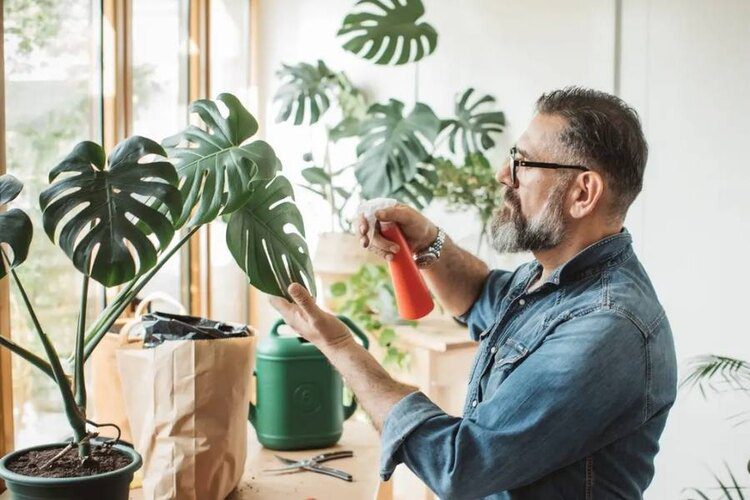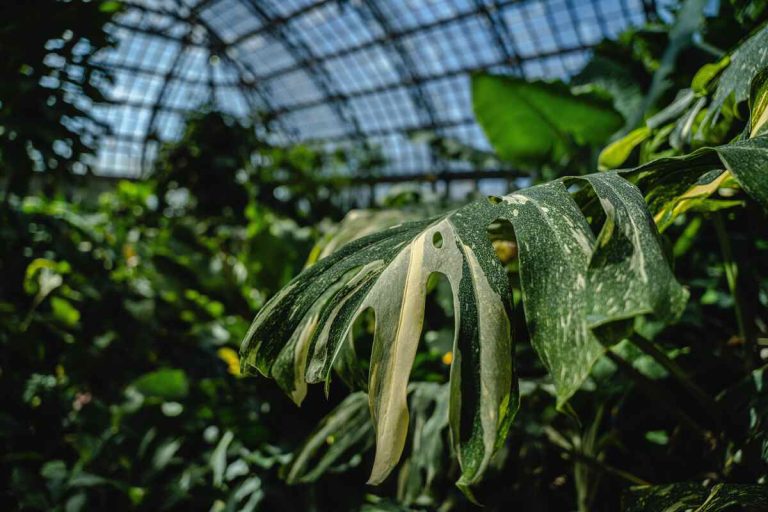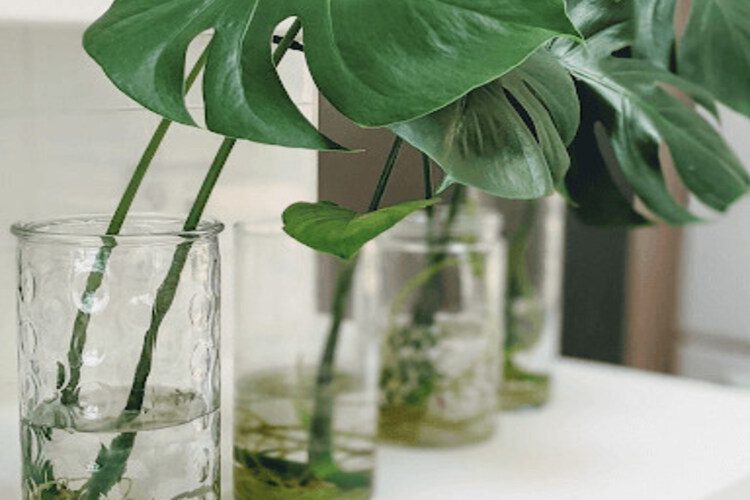How To Prune Monstera: Vital Techniques For Healthy Plant

Pruning is a crucial step in any regimen for taking care of plants. Pruning eliminates leaves that no longer provide benefits to the plant but are still utilizing its resources. As a result, energy is freed up to sustain the strong leaves and future development. You may manage the size and shape of a plant via pruning. How to prune Monstera? Here’s the guide.
Why Should You Prune Your Monstera?
Periodic pruning is advantageous for Monstera as well as other plants. Pruning is essential to preserving the general health of your Swiss Cheese plant in addition to promoting healthy growth in the freshly clipped sections. Because Monsteras grow so quickly, pruning is crucial.
A well-established Monstera will eventually lose its older foliage, resulting in yellowing and withering leaves. As a result, these older plant components are more prone to illness and infection. Although monsteras are typically resilient plants, infections like stem rot occasionally occur. If you worry that your healthy plant will overtake your home or become unruly, pruning is also essential. Most plants can be kept at a manageable size by routine pruning without suffering any negative effects.
When Should You Prune A Monstera?
Pruning indoor plants is often best done while they are still dormant and before they start their growing season. The absence of sunshine throughout the winter inhibits plants from making the glucose they need to continue growing, causing them to go into a dormant state. Plants create little to no growth and need less water to thrive during these times.
In early spring, as the days start to become longer and the temperatures start to rise, the majority of plants start to emerge from this dormant state. This is the ideal time to prune any portion of the plant because it is about to enter a time of intense growth activity, which will make it simpler for it to recover from pruning damage.
How To Prune Your Monstera?
Your objectives will determine how to prune an indoor Monstera plant to promote growth. You should take a different approach when pruning a few dead leaves than when attempting to regulate an overgrown plant. Similarly, pruning your Monstera plant with the intention of propagation requires a little more care.
Pruning discolored leaves
Older leaves naturally turn yellow and die as your Monstera develops. A few wilting leaves are quite normal and pose no threat. To maintain the happiness and health of your Monstera plant, you should frequently remove the old, yellowing leaves. When pruning indoor Monstera, you can use sterile clippers to trim the leaves off at the main stem. Make a sharp cut to remove the leaf stem from the plant by returning the leaf stem to the main branch.
Shaping overgrown Monstera Deliciosa
If given the chance to flourish on their own, Monsteras grow quickly and can be rambunctious. If aggressive lateral vines are allowed to grow out of control, they may become a bother and an eyesore. You can trim stray tendrils and point new growth in the direction you desire to keep your overgrown plant in good shape. Before you start pruning your Monstera, note any problematic vines. Trim the primary stem with a precise cut. Attempt not to sever the stem or cause it harm.
Root pruning
Huge Monstera plants can be kept in check and their development slowed down by using a process called root trimming. Even though it may seem a little intimidating, it is simple to execute and will enhance the health of your plant when done correctly.
Examine the roots by taking your Monstera plant out of the pot. There will be a single main root, and smaller lateral roots (which might include aerial roots) will branch out of it. While reducing the lateral roots by one-third, the main root should remain intact. If the roots are tightly coiling, carefully separate them by loosening the soil around them. This will help prevent the roots from becoming root-bound and promote better nutrient and water absorption. Limit the length of the lateral root cuts to no more than one-third of their length. Trimming off any damaged or discoloured roots now is also a good idea.
Pruning for propagating Monstera
You can use stem cuttings of Monstera to create new plants by inserting them into a fresh soil pot or a vase of water and planting them in bright, indirect light. However, you will need at least one node for the cuttings to root. Therefore, when taking node cuttings, you must be cautious. Choose a vine’s tip with at least one or two strong Monstera leaves attached. Returning to the stem, find a Monstera leaf node. It is at the node that all new growth starts. It could form a ring around the stem and appear thicker. Use a sharp cutting tool to precisely cut about 0.5 inches below the node.
Pruning a Monstera plant for propagation is a great way to grow new plants. It also helps keep the parent plant healthy and promotes new growth.
Useful Tips For Pruning Monstera

To protect your hands and healthy leaves and increase accuracy when pruning Monstera, take note of our tips below.
Wear gloves
The poisonous sap of Monstera plants can cause severe skin irritation. Therefore, whether you are pruning or propagating your monstera, wear safety gloves.
Prepare your shape and clean tools
You can avoid crushing or injuring the stem by making a crisp, clean cut with a pair of sharp pruning shears or a knife. Clean equipment also helps keep hazardous microorganisms away from your plant. Instead of slicing the stem off while cutting, just give it a good snip or chop. The cleanest cut will result from this.
Conclusion
Additionally, pruning encourages growth and allows you to manage where it produces new leaves. Pruning is particularly important since your monstera will need a little extra help getting rid of dead leaves to grow healthily.
FAQs









